Being disciplined and demanding is an essential trait of successful program directors, American radio & research veteran Dan Cowen says in an interview with us.
Following part 1 of our talk about radio programming from a research standpoint, it’s clear that knowledge about your market and audience can support your tactics and strategy. But it’s critical to hold on to your vision, and get backup & budget for your plan & execution. “Smokey Rivers did four music tests and at least one perceptual study, every single year.”
“The life cycle of a record is much longer than the average person in a radio station thinks”

An example of a long-lasting hit record is Happy by Pharrell Williams (image: Back Lot Music / Columbia Records)
Track music preference changes
Getting back to what we discussed earlier about research often confirming that your playlist is about 70% on track, while revealing that about 30% is off track (due to your audience’s evolved preference regarding these songs), Cowen adds that “it’s very rare that a music test doesn’t turn over at least 15% of your database”, meaning that, for example, 15% of your powers may have become secondary songs by now, or vice versa, based on recent test results.
 Re-test your ‘spice’ category
Re-test your ‘spice’ category
Some songs that you may have played as powers, may now have become ‘burned’. That includes some of the ‘oh, wow’ songs we talked about in part 1 as well, as their positive effect may not last. “They were important records to begin with, but they might no longer your secret weapons anymore. You have to track these songs to make sure that 6 months down the line, they’re still helping you; not hurting you.”
Maintain an audience perspective
And to know how many Stay Currents are still working well, or should move to Recurrents.
“Yeah. A big mistake that stations playing currents and recurrents tend to make, is that they don’t keep popular records in high rotation long enough. For the typical radio listener, the life cycle of a record is much longer than the average person in a radio station thinks.” Dan Cowen explains that a jock who’s on air for 4, 5 or 6 hours a day might hear all of the station’s Power Currents and Stay Currents for 2 or 3 times a shift, while the average listener tunes in for 20 minutes.
“The general manager yelled at me that they never wanted to hear that ‘stupid song’ again”
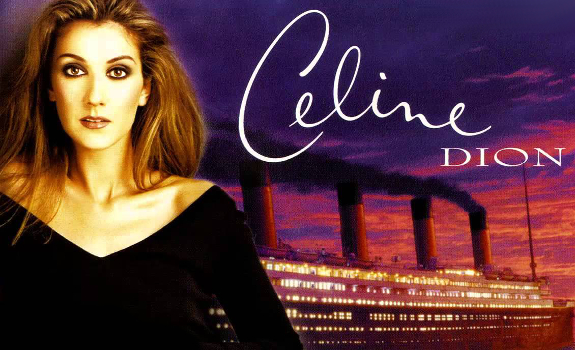
My Heart Will Go On was more popular with radio listeners than amongst radio people (image: Columbia Records)
Program for average listeners
Cowen reminds us that most people not necessarily listen for those 20 minutes in a linear way. “They’re in and out; in and out; in and out. If you’re a morning show presenter, it’s not likely that a person who was with you at 6 AM is also gonna’ be with you at 9 AM. Use the power of recycling, and use the power of a hit. Anybody who has a power current rotation of 5 hours or more, has no current rotation. There’s nobody sitting there for 6 hours listening to your radio station.”
Just people in the studio, and a couple of advertisers, who tell you: “Hey — we’re listening all day. Play more different songs; we’re getting sick of it!” And then we have to explain: “That’s getting us ratings; getting you audience for your commercial.”
“Haha, yes! To get the maximum audience, you have to play the very best stuff.” He mentions Happy by Pharrell Williams as an example of a song with a very long impact; being a Power Current; Stay Current; Power Recurrent for months in a row.
 Keep spinning ‘top testers’
Keep spinning ‘top testers’
Stations who take off a song because they think it’s burned (without having current research data on that song for their own target audience), should have another great song before they take off a great song: “You’re gonna replace it with what? A song people never heard before? That ‘lunar’ category [low rotation] song that is giving you a little spice? You’re going to take off the biggest hit you’ve got. Why?”
Push ‘ratings rocket’ songs
That’s the danger, right? That when your air staff, or your sales manager, or even your general manager’s wife is fed up with a certain song, you may get in a difficult situation.
“Yes. I once programmed an AC station, which back them meant that you had very few of your own hits.” Dan Cowen clarifies that Adult Contemporary would often pick up current hits about 6 months after Top 40 made them popular. “But then the movie Titanic came out, and Céline Dion’s My Heart Will Go On became huge; massive! This was our chance to actually play a legitimate hit.”
And ‘own’ the song; get the image for playing it.
“Exactly! I not only put it almost immediately into Power Current, but I also jumped the rotations. I was rotating it at 2.5 hours, as opposed to 4 or 5 hour rotations at which we were playing powers. Then the new general manager called me; yelled at me that all of her friends were calling her, and that they never wanted to hear that ‘stupid song’ again. All of her friends were Classic Rock listeners…”
“You need to manage up as well as manage down”
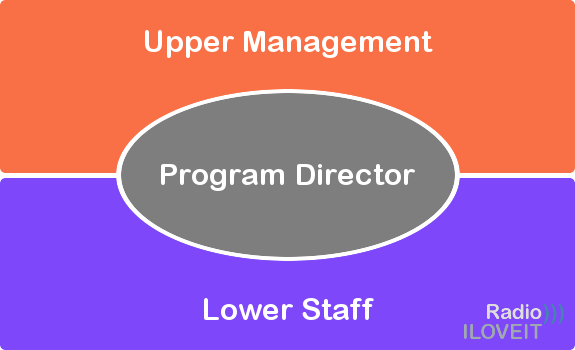
A program director operates in between a station’s upper management and lower staff (image: Thomas Giger)
Follow your game plan
Cohen explained her that, when he was hired by her predecessor, his given target was getting the station in the Top 3, enabling them to bill over a million dollars a year in sales, and that they were now #2 in 25-54, selling 1.5 million of inventory a year. “I said: I don’t like the record either, but it may help us become #1 in the next book, and possibly hit 2 million dollars. The GM said: I want that song off the air. I said: I can’t do that. Then she said: you’re fired.”
Unbelievable…
“That’s just to say there are pressures everywhere. The most important feature of the best program directors I’ve ever known is discipline. The discipline to say: everybody’s telling me that I need to drop this song, but I’m going to stay on course. Or to say: hmmm… I don’t have really good new songs this week. We usually add two songs a week, but I’m going to bring back a song from Power Recurrents and put it in my A’s, as I rather go with a strong song than something I’m not convinced of.”
 Listen to your intuition
Listen to your intuition
In his opinion, research is a great tool, but not everything. “In the hands of somebody who understands it, I don’t think there’s anything more powerful, but I like to use a combination of science and art.” An example is a song that appears to test great, but doesn’t fit sound-wise. A PD with an independent mind will put it in Secondary Currents (instead of Power Currents) first, and keep testing it in callout to see if his gut was right.
Share your programming philosophy
Besides having vision and discipline, Dan Cowen says a great program director needs good communication skills to get internal backup for the programming strategy. “Here’s why our current rotation is an hour and 30 minutes; here’s what the competition is doing; here’s what I’m trying to do against them. If you explain it well and have a little success behind you as equity, you can make that work.”
And I guess research is great tool to show them: this is going to work.
“Absolutely. When I worked in research, I was always disappointed when a station would spend $20,000 on a music test, while on test night only the program director was there. When I came in the next day to show the results, again, there was only the PD… You can’t be shy with sharing things with other stakeholders in your station! It’s critical that you can show them all the research and go: this is why we do what we do. You need to manage up as well as manage down.”
“Are we playing too much X? Are we playing too little Y?”
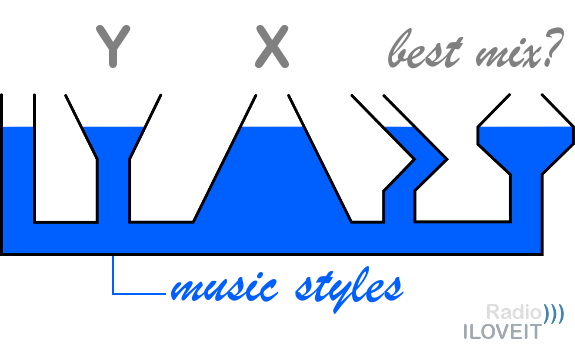
This kind of questions can be tested through perceptual research (image: Wikimedia / Werneuchen, Thomas Giger)
Build your sales story
Cowen advises to inform all stakeholders in the radio station of the battle plan, including sales. “How can sales people sell a schedule to the right clients if they don’t understand everything of what you believe that your audience represents? Even if you’re number 3… if they know your plan to become number 1, they can be excited in front of the advertiser and go: we’ve got big things happening here. You’re getting a great rate because we’re number 3, and you’ll still get a good price when I’m charging everyone else number 1-rates in a year.”
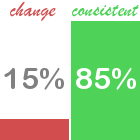 Fine-tune your music playlist
Fine-tune your music playlist
We’ve spoke about stations who are taking off songs too soon. What about operators who are changing formats too soon?
“There are research tools that will answer if it’s necessary. There are two kinds of radio stations. First, those who are doing great. They get a 6-months health check.” These stations, he explains, are using music research for fine-tuning about 15% of their playlist.
Find out your images
A second category of stations is in a “red-light emergency situation”, as Dan Cowen calls it. Then, indeed, the question is whether a format fix is sufficient, or if a format change is inevitable. A management meeting could bring up questions like: “Are we playing too much X? Are we playing too little Y? Do we have a good morning show?”. The station could then do perceptual research where members of their target audience are being asked, for example, which station they know for playing ‘the best hit music’. Using sophisticated methodologies, questions like these can be combined with music research.
“You can’t take on the leader by being like the leader”
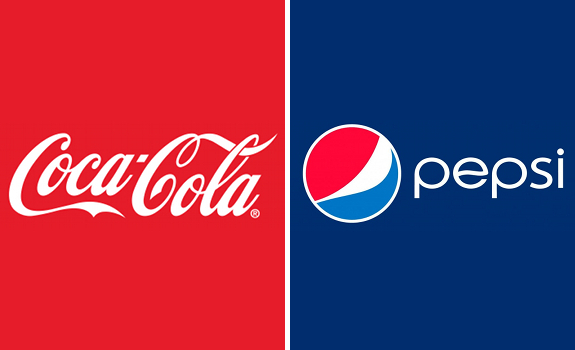
Similar products need a sufficient amount of significant differentiation (logos: The Coca-Cola Company, PepsiCo)
Hook-test & compare two playlists
Pinnacle Media Worldwide, for which Cowen was a radio consultant, used to do a ‘relative product quality’ analysis of a client station vs. its direct competitor, based on a 2-hour aircheck of each brand, recorded on a random day between 2 and 4 PM. Then, for every station, they would test hooks of every song in these 2 x 2 hours, revealing which one played the strongest music. You can also put together your own hook collage. If you, for example, assume that you might be playing too much Rhythmic and not enough Pop, prepare hooks of Rhythmic songs and of Pop songs. After testing the individual hooks one by one, ask your participants: if a station would play this music mix, would you listen often, sometimes, just once in a while, probably not, or definitely not? And: is there a station in this area that represents this sort of music best?
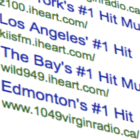 Define a clear position
Define a clear position
The method led him to interesting findings. Say you’re a hit music station, and a competitor has beaten you in the ratings, then people might indeed like your competitor’s music mix better than yours, but when being asked which station represents that music best, those same people might mention… your station! “What that tells you is: you still own an image for being ‘the hit music station’, but you need to play more or better hit music.”
Avoid confronting market leaders
While stations with good images still have a chance to gain listeners by improving performance, Dan Cowen sees it differently for stations with bad execution and bad images. “If the other station not only plays better music, but people also think that it plays better music, you’re done.”
Or it will take a long, long time to change that perception – if you can.
“Yes, and you cannot come up at them directly; you have to come up on a flank, because you can’t take on the leader by being like the leader.” A possible strategy is creating a slightly unique music profile. “We might have tested enough stuff that’s not being played on the other station, of which our station can take some, whether it’s a little more Rhythmic; a little more Rock; a little more this; a little more that. Maybe their top rotation is 1 hour and 30 minutes; maybe our top rotation is 1 hour and 15 minutes.”
“They’ve made an investment in you, so that you protect their vehicle”

Winners of the rat(ings) race often have music research on their PD dashboard (photo: Flickr / SuperCarRoadTrip)
Demand a good budget
Ask for what you need is Cowen’s advice for new program directors. “You’re about to take control of a 20-million dollar car. It doesn’t belong to you; it belongs to others. They’ve made an investment in you, so that you protect their vehicle. Don’t ever take that lightly, and don’t expect them to take it lightly when you need a music scheduling software update or a new audio editing set. Don’t expect them to fix it for you. I have been fortunate to work with very sharp PDs, such as Guy Zapoleon; Steve Rivers; Kurt St. Thomas. The number 1 thing that they had when they were doing their wizardry was a lot of research & marketing support. Smokey Rivers, who took two stations to the top and to the number 1 billing status in Boston, did four music tests and at least one perceptual study, every single year. Be smart, but also smart enough to ask for the tools.”

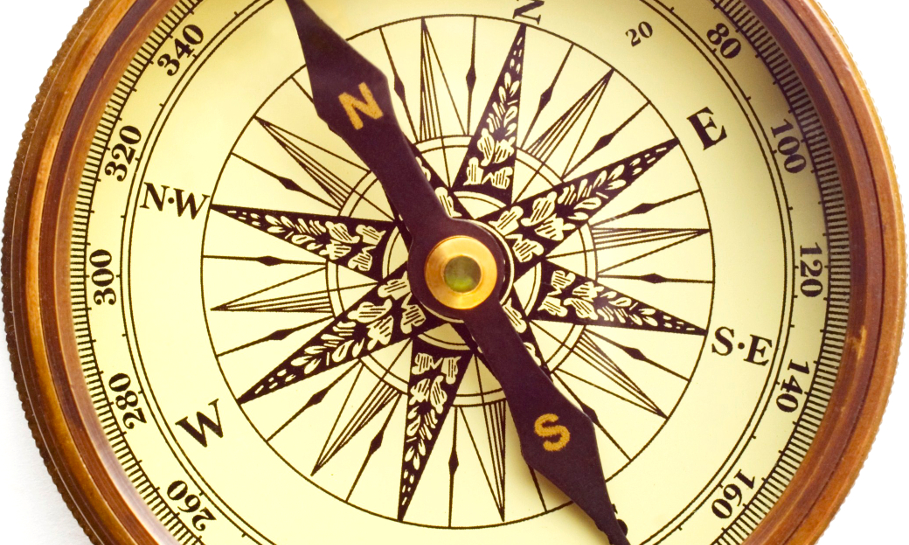




Thanks, Marino!
Excellent article. Congrats!!!